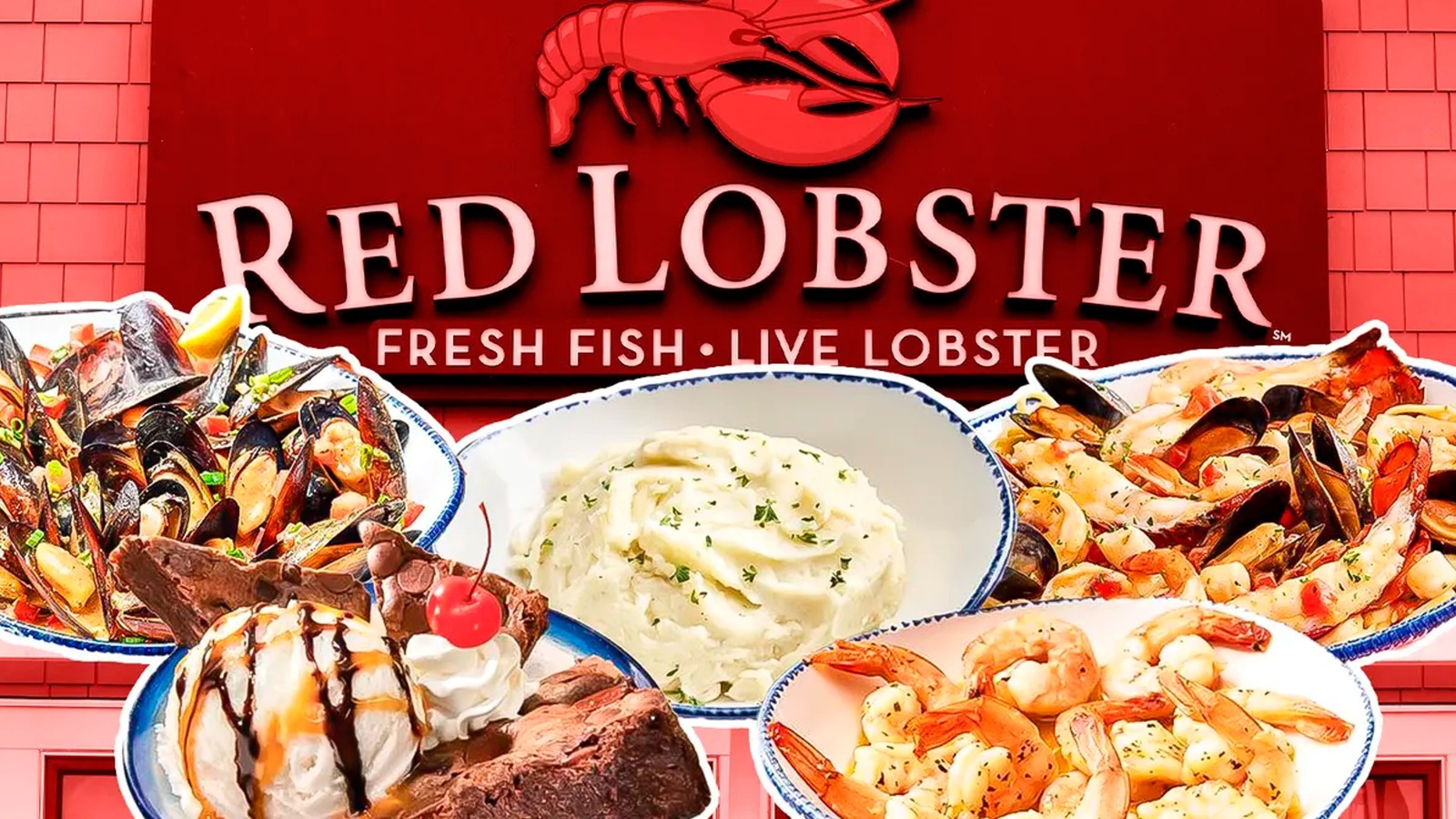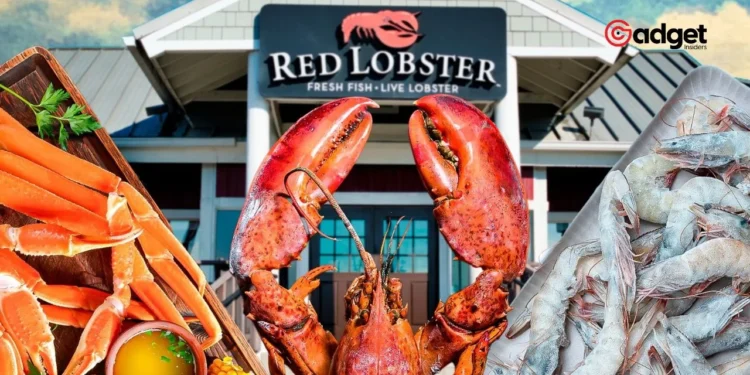In an unexpected move that has sent ripples through the restaurant industry, Red Lobster is closing at least 48 of its locations nationwide. The closures, reported by a leading restaurant liquidator, TAGeX Brands, signify deep-seated issues within the chain known for democratizing seafood for the American middle class.
The liquidation process, which involves the sale of kitchen equipment, furniture, and other restaurant essentials through an online auction from Monday to Thursday, highlights the scale of the pullback. This auction, noted by TAGeX Brands’ founder Neal Sherman, marks a significant downsizing event for the company, which operates around 650 locations.
Cities like Buffalo, Orlando, and Jacksonville have seen their local Red Lobster venues shuttered, now listed as “temporarily closed” on the company’s official site, sparking concern among patrons and employees alike.

The Specter of Bankruptcy: A Deep Dive into Red Lobster’s Financial Troubles
Further complicating matters, Red Lobster is reportedly on the brink of filing for bankruptcy protection. The appointment of a restructuring expert as its chief executive suggests that the company is scrambling to stabilize its operations. This is a rare occurrence for the brand, which has been a fixture in the dining landscape for over five decades, rarely having to close multiple locations simultaneously.

The root of Red Lobster’s decline appears to be multifaceted. Industry insiders and analysts point to corporate mismanagement and strategic missteps that have not resonated well with its customer base. In 2020, Thai Union, a significant stakeholder and a longtime supplier, expressed dissatisfaction with the chain’s direction, which has seen a rapid turnover of CEOs and controversial promotions, such as the endless shrimp deal that proved to be a double-edged sword—boosting traffic but hampering table turnover and profitability.
Biden’s Build Back Better.
Red Lobster abruptly closes at least 50 restaurants, including 14 in NY and NJ. 56 year old restaurant chain considers filing for bankruptcy due to rising costs.
Yet, Democrats want you to think that Biden is doing a great job! pic.twitter.com/IdQHNFBsOI
— I Meme Therefore I Am 🇺🇸 (@ImMeme0) May 14, 2024
Thai Union’s CEO, Thiraphong Chansiri, vocalized his concerns last November, emphasizing the need for more prudent management of promotions. Earlier this year, Thai Union decided to cut its losses, planning to divest from Red Lobster and absorb a staggering $530 million loss, a decision underscored by Chansiri’s symbolic declaration of forgoing lobster.
Changing Tides: The Broader Impact on Casual Dining
The challenges faced by Red Lobster reflect broader trends affecting the casual dining sector, which has been losing ground to fast-casual and quick-service restaurants like Chipotle and Chick-fil-A. According to Technomic, a restaurant research firm, casual dining’s share of total restaurant industry sales has declined from 36% in 2013 to 31% in 2023.

This shift underscores a change in consumer preferences, increasingly leaning towards quicker, more convenient dining options that don’t compromise on quality. As fast-casual and quick-service eateries continue to thrive, traditional chains like Red Lobster are compelled to reevaluate their strategies to stay relevant in a rapidly evolving market landscape.
In conclusion, Red Lobster’s current predicament is a telling sign of the turbulent times faced by the casual dining sector. As the company navigates these troubled waters, it will need to radically rethink its approach to regain its standing and ensure its survival in an increasingly competitive industry.










